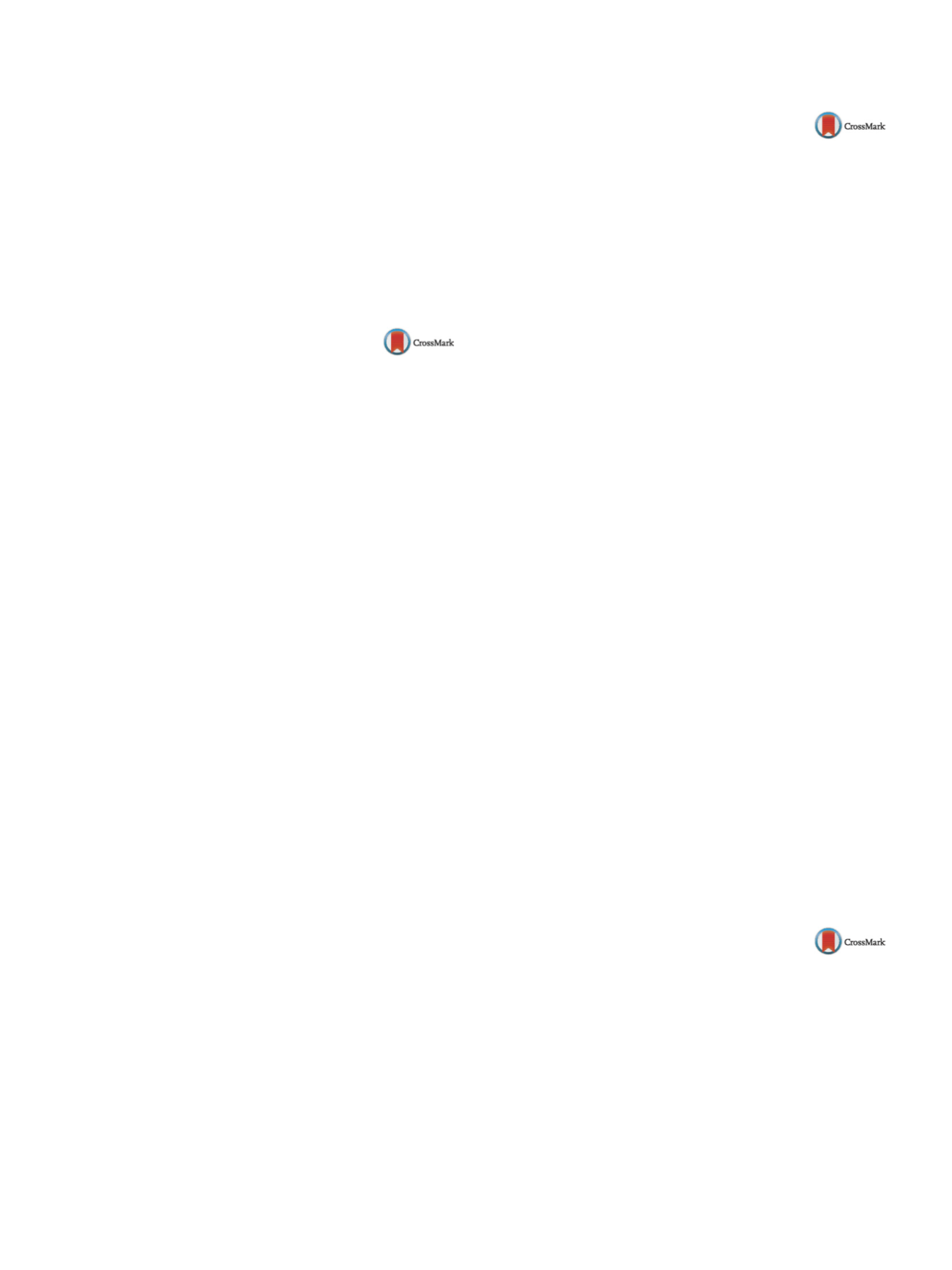

S800
25th European Congress of Psychiatry / European Psychiatry 41S (2017) S772–S846
or sisters and 13.33% (
n
= 4) were spouses. The mean score of Zarit
was 58.75
±
9.15. Caregivers had a severe burden in 56.66 of cases
(
n
= 17). Levels of burden were significantly associated with history
of aggressive acting out and poor treatment adherence.
Conclusion
Caregivers of schizophrenia patients experience
enormous burden which is in part related to clinical features of
disease. Further studies are necessary to establish the appropriate
interventions in order to reduce and manage general and psycho-
logical impact of schizophrenic patients care giving.
Disclosure of interest
The authors have not supplied their decla-
ration of competing interest.
http://dx.doi.org/10.1016/j.eurpsy.2017.01.1541EV1212
Mild depressive symptoms mediate
the impact of childhood trauma on
long-term functional outcome in
early psychosis patients
L. Alameda
1 ,∗
, G. Philippe
2, B. Philipp
2, D. Kim Q.
3, C. Philippe
21
CHUV, Psychiatry, Psychiatric Liaison Service, Lausanne,
Switzerland
2
CHUV, Psychiatry, Treatment and Early Intervention in Psychosis
Program TIPP, Lausanne, Switzerland
3
CHUV, Psychiatry, Unit for Research in Schizophrenia- Center for
Psychiatric Neuroscience, Lausanne, Switzerland
∗
Corresponding author.
Introduction
The mechanism linking childhood trauma (CT) to
the functional deficits observed in early psychosis (EP) patients is
as yet unknown.
Objectives
To examine the potential mediating effect of depres-
sive symptoms in this well-established association.
Methods
Two hundred nine EP subjects aged 18-35 were
assessed for functioning and psychopathology after 2, 6, 12, 18,
24, 30, and 36 months of treatment. Patients were classified into
early-trauma if they had faced at least one experience of abuse
(physical, sexual, or emotional) or neglect (physical or emotional)
before age 12, and late-trauma if the exposure had occurred
between ages 12 and 16. Psychopathology was assessed with
the Positive and Negative Syndrome Scale and the Montgomery-
Asberg Depression Rating Scale. Functioning was measured with
the Global Assessment of Functioning (GAF) and the Social and
Occupational Functioning Assessment Scale (SOFAS). Mediation
analyses were performed in order to study whether the relation-
ship between CT and functioning was mediated by depressive
symptoms.
Results
When compared with nonexposed patients, early but not
late trauma patients showed lower levels of GAF and SOFAS scores
over all the time points, excepting after the first assessment. After
30 and 36 months, the effect of early trauma on functioning was
completelymediated by depressive symptoms. Nomediating effect
of positive or negative symptoms was highlighted at those time
points.
Conclusion
Mild depressive symptoms mediated the impact
of early trauma on long-term functional outcome. Intensifying
pharmacologic and/or psychotherapeutic treatment, focused on
the depressive dimension, may help traumatized EP patients to
improve their functioning.
Disclosure of interest
The authors have not supplied their decla-
ration of competing interest.
http://dx.doi.org/10.1016/j.eurpsy.2017.01.1542EV1213
Age at the time of exposure to trauma
modulates the psychopathological
profile and the level of functioning in
early psychosis patients: A prospective
study
L. Alameda
1 ,∗
, G. Philippe
2, B. Philipp
2, D. Kim Q
3, C. Philippe
21
CHUV, Psychiatry, Psychiatric Liaison Service, Lausanne,
Switzerland
2
CHUV, Psychiatry, Treatment and Early Intervention in Psychosis
Program TIPP, Lausanne, Switzerland
3
CHUV, Psychiatry, Unit for Research in Schizophrenia, Center for
Psychiatric Neuroscience, Lausanne, Switzerland
∗
Corresponding author.
Introduction
Evidence suggests a relationship between exposure
to trauma and higher levels of symptoms and poorer functional
outcomes in early psychotic patients (EPP). However, the impact of
the age at the time of exposure to trauma in this association is as
yet unknown.
Objectives
To examine the potential differential impact of
trauma, according to age at the time of exposure, on the level of
functioning and on the psychopathological profile of EPP followed-
up prospectively.
Methods
Two hundred and fifty-five EPP aged 18–35 were
followed-up prospectively over 36 months. Patients who had faced
at least one experience of abuse or neglect were classified accord-
ing to age at the time of first exposure (early-trauma: before age
12; late-trauma: between age 12 and 16), and then compared
with unexposed patients (non-trauma). The level of symptoms
was assessed using the Positive and Negative Syndrome Scale. The
Young Mania Rating Scale, and the Montgomery-Asberg Depres-
sion Rating Scale. The level of functioning was assessed with the
global assessment of functioning.
Results
Comparisons over the 3 years of treatment with non-
trauma patients revealed that:
– early-trauma patients showed consistently higher levels of
positive (
P
= 0.006) depressive (
P
= 0.001), manic (
P
= 0.006) and
negative (
P
= 0.029) symptoms and showed poorer functional level
(
P
= 0.025);
– late-trauma patients only showed more negative symptoms
(
P
= 0.029) as compared to non-trauma patients.
Conclusions
The age at the time of exposure to trauma has amod-
ulating effect on its impact on symptoms and functional outcome
in EPP and it should be systematically examined in clinical and
experimental settings.
Disclosure of interest
The authors have not supplied their decla-
ration of competing interest.
http://dx.doi.org/10.1016/j.eurpsy.2017.01.1543EV1214
Relationship between brain structural
abnormalities and early onset
psychotic disorder–case presentation
B. Allkoja
1, E. Mitro
1, B. Zenelaj
1, V. Alikaj
2 ,∗
1
University hospital center “Mother Tereza”, Psychiatric service,
Neuroscience, Tirana, Albania
2
University of Medicine, Faculty of Medicine, Neuroscience, Tirana,
Albania
∗
Corresponding author.
Introduction
Contemporary structural models of several psychi-
atric disorders propose abnormalities in the structure and function
of distinct neural networks. Clinical observations of affective and
cognitive changes arising from cerebellar lesions and stimulation
permit the hypothesis that the cerebellummay not be irrelevant in


















